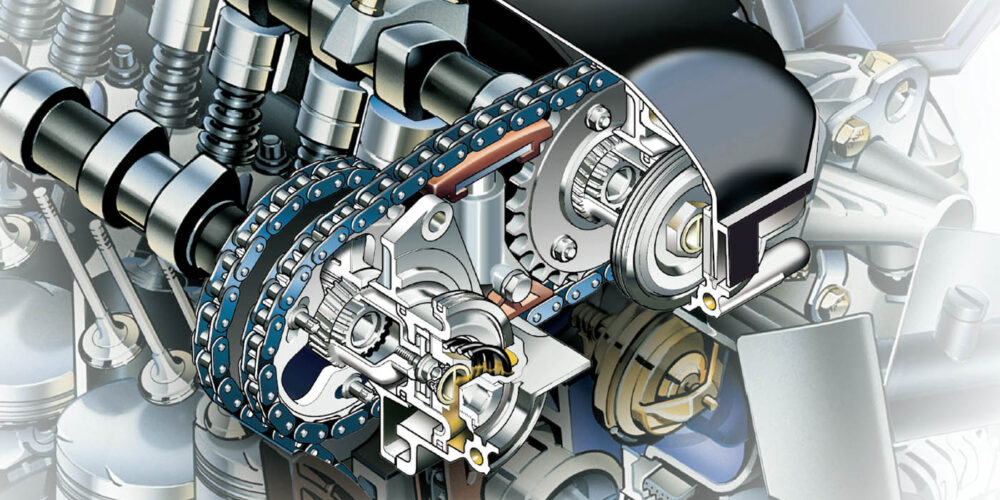Q. I am trying to install new shock absorbers on my vehicle; however, they are too short to install with the wheels hanging. Do I need longer shocks?
A. In most cases, no. Many vehicles use shock absorber length to limit the suspension travel when the wheels are hanging in order to protect components from damage. For this reason, shocks should be installed with the vehicle suspension at normal ride height. Replacement could be performed on drive-on type ramps, over a mechanics pit, or on an alignment rack. Examples of components typically protected against damage from over-extension are: ball joints, tie-rod ends, 4WD half shafts/CV joints, U-joints, brake lines, ABS sensor lines, and height sensors. If the vehicle has been modified with an aftermarket suspension system, specially designed longer shocks are typically required.
Q. I have just had a snowplow installed on the front of my pick-up truck; can I adjust the tension of the torsion bars to level the truck without damaging the shock absorbers?
A. When a heavy snowplow is added to the front of a truck, the ride height must be set (raised) to fall within the vehicle manufactures specifications. This will prevent premature failure of the shock absorbers, damage to other suspension parts and will ensure correct tire alignment. However, if the plow is removed (during the off-season), the ride height should be readjusted again (lowered) back to the manufacturer’s specified ride height, or suspension/ shock damage may occur.
Q. Can shock absorbers be mounted upside down (rod end down) and still function properly?
A. Most modern shock absorbers utilize a twin (dual) tube construction; in order to work properly the inner of the two tubes (working chamber) should stay completely filled with oil. The outer (reserve) tube contains an oil reserve along with air or a pressurized gas. If the unit is mounted inverted (rod side down), the air or gas in the outer chamber can enter the inner working chamber, resulting in poor damping performance. Therefore, twin tube shock absorbers should not be mounted upside down (or on their side), with the exception of specially designed units that incorporate a gas cell, or cellular gas material, designed to keep the gas retained in the outer reserve tube.
Q. Why is the spring seat on the replacement strut much larger than on the original strut I’m replacing?
A. As a safety feature, some replacement struts are equipped with a large diameter lower spring seat. This seat is designed to prevent a broken coil spring from contacting the tire. Clearance should be checked if larger tires, tire chains or replacement wheels are being used.
Q. I recently had the struts replaced on my vehicle and now the coil spring rubs on the inner fender well when I turn the wheels. What is causing this?
A. When installing existing components onto a replacement strut, care must be taken to insure the upper spring seat is installed with the correct orientation to the lower spring seat or mount. The orientation of the upper spring seat determines the direction that the coil spring is bowed to allow for inner fender clearance. If the orientation is off, the spring may rub on the inner fender well when the wheels are turned or when the suspension is compressed.
Source: Monroe Shocks & Struts (Tenneco Inc.). For additional information regarding ride control service and to access the Monroe brand’s updated electronic parts catalog, visit www.monroe.com.









